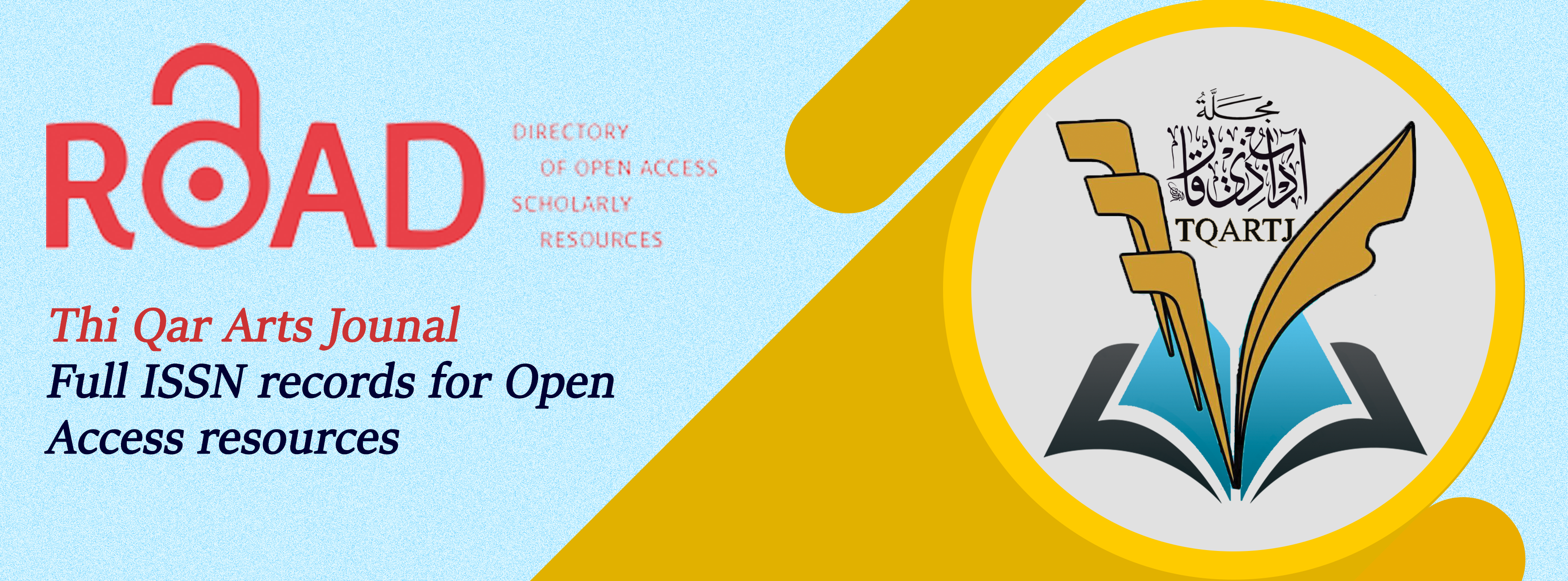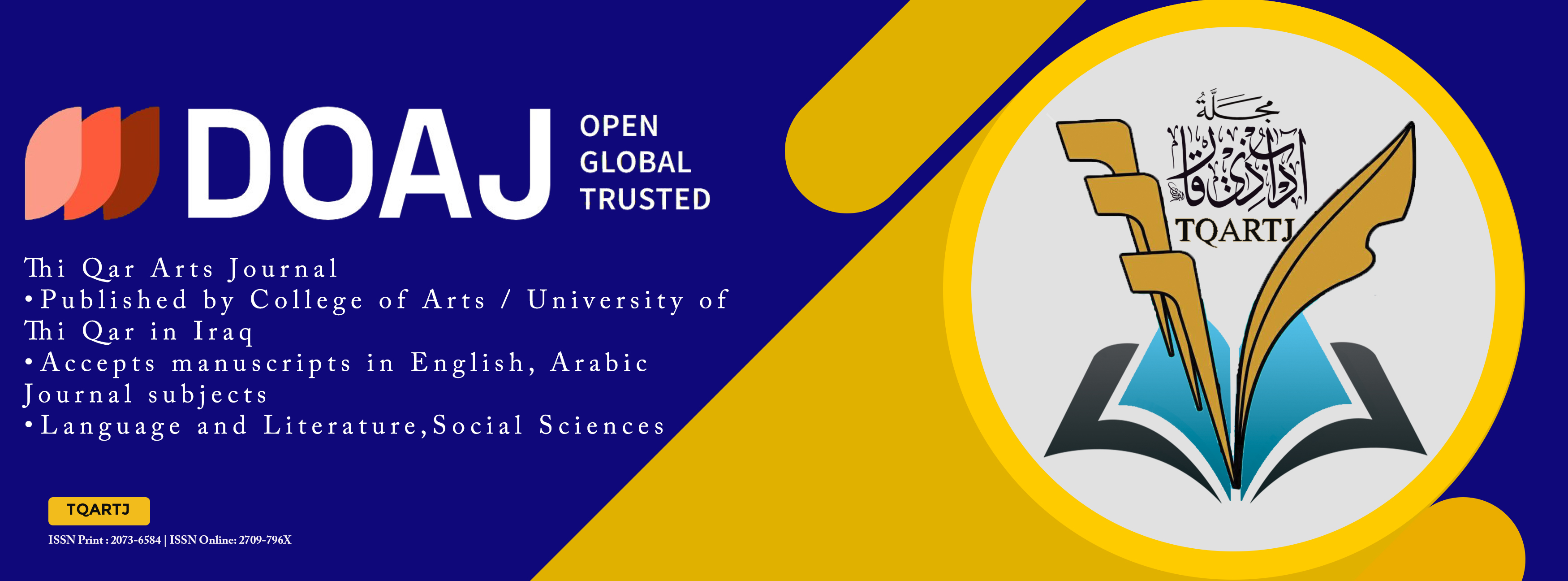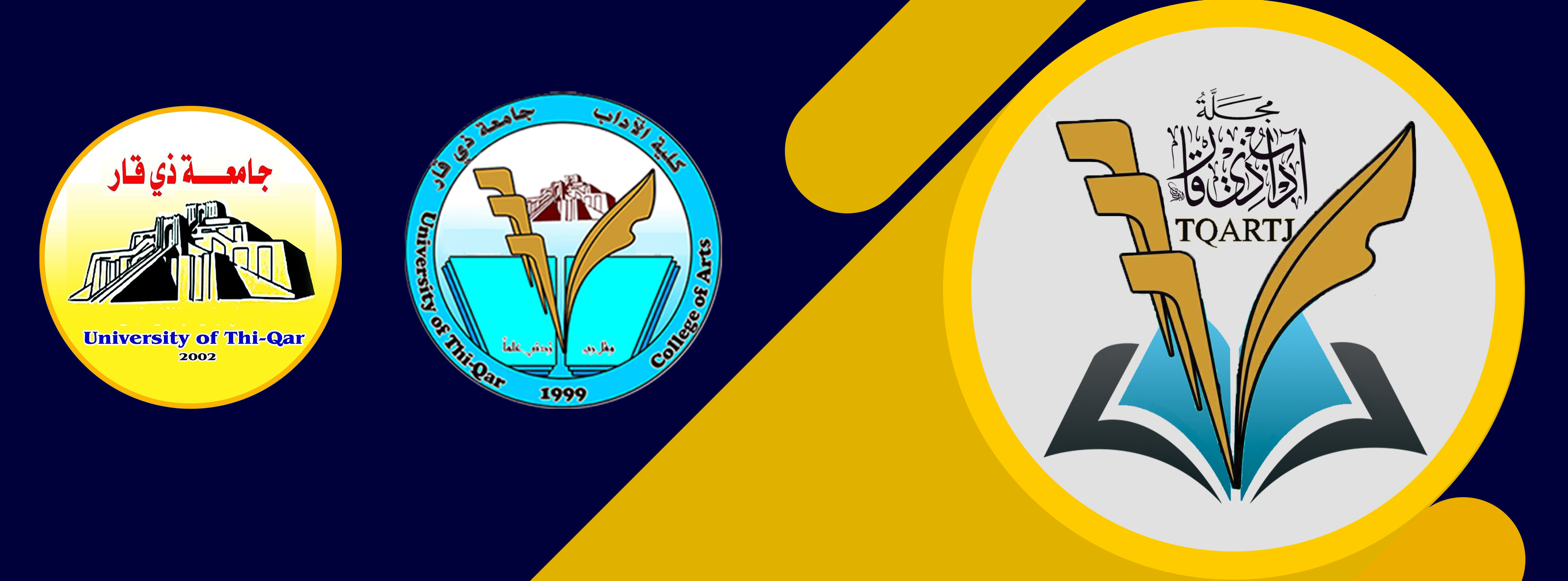Gully erosion model of the archaeological site of Eridu Ziggurat in the southern plateau of Iraq using RS-GIS technology
DOI:
https://doi.org/10.32792/tqartj.v3i41.409Abstract
The metamorphic processes represented by the process of erosion of the grooves by rainwater is one of the most important processes that affect the structure of the archaeological hills, including the site of Zaqra Eridu. This worked on the activity of rain erosion operations during the rainy season of the year.
The problem of the research is whether rain erosion leaves grooves that distort the facades or remnants of the Eridu ziggurat area, and can the severity and degree of erosion erosion be measured within the site of the study area using GIS technology, and is it possible to provide means of protection and maintenance of the archaeological site from the processes of gully erosion.
The spatial analytical approach will be adopted and the mathematical quantitative approach based on the extrapolation and analysis of geographical data will be adopted, as well as the use of the descriptive approach. In order to achieve this goal, a field survey will be postponed to discover the site of the Eridu Ziggurat by observing and observing the grooves that the region was exposed to, preparing a digital spatial database for the region and building The digital elevation model, as well as building a gully erosion model, its degree and intensity for the location of the study area. GIS technology, in addition to providing a practical study and a spatial database, the results of which benefit from the General Authority for Antiquities of Dhi Qar Governorate. The study shows that the ziggurat of Arduwa is located within a range of a complex drainage network that reaches the sixth rank, and it is also guaranteed that it penetrates with a network of high density (340-580 m / km 2) according to the classification of the density of the river beds, and therefore it suffered from being cut by grooves that showed its buried features under the surface of the earth on one side Its outer walls were smashed on the other hand, that is, it is within the range of high erosion within the category (1501-2700) according to the degrees of erosion of Berkisma. This study seeks to preserve archaeological sites by following planning standards for their maintenance and restoration and exploitation of the attractions of archaeological tourism.
Downloads
References
Amal Hussein Ali, Manifestations of Archaeological Desertification in Dhi Qar Governorate and Its Environmental Impact Using Modern Technologies, Master Thesis, College of Arts, Dhi Qar University, pg. 19, 2016.
Hassan Ramadan Salama, The Fundamentals of Geomorphology, Amman, Dar Al Masirah for Printing and Publishing, fourth edition, 2013, p. 446.
Rahim Hamid Abd al-Abdan, Muhammad Jaafar al-Samarrai, Rain erosion of the slopes of the Hamrin Hills using geographic information systems technology, previous source, p. 330.
Walid Al-Jader, Architecture until the Dawn of the Dynasties, a research within the book Civilization of Iraq, Part 3, Dar Al-Hurriya for Printing and Publishing, Baghdad, 1985, p. 87.
Moayad Saeed, Arts and Architecture in Ancient Iraq, a research within the book Iraq in the Procession of Civilization, Part 1, Dar Al-Hurriya for Printing and Publishing, Baghdad, 1988, p. 429.
E.IKO, Bergsma, Rainfall Erosion Survey's for Conservation Planning, Jor. ITC. Netherlands, 1983, pp. 166-174.
Downloads
Published
Issue
Section
License
Copyright (c) 2023 Ass. Prof. Dr. Ali Majeed Yassin

This work is licensed under a Creative Commons Attribution 4.0 International License.
The journal applies the license of CC BY (a Creative Commons Attribution International license). This license allows authors to keep ownership of the copyright of their papers. But this license permits any user to download, print out, extract, reuse, archive, and distribute the article, so long as appropriate credit is given to the authors and the source of the work. The license ensures that the article will be available as widely as possible and that the article can be included in any scientific archive.



















